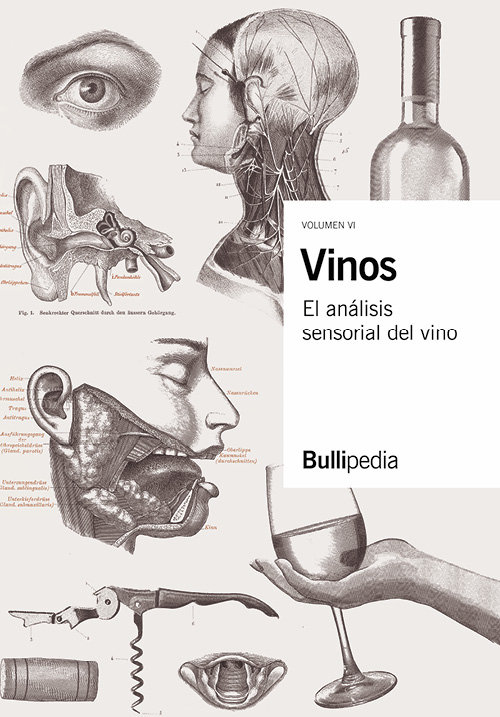
elBullifoundation

elBullifoundation

elBulliDNA

elBulliDNA

Bullinianos

Bullinianos

elBullistore

elBullistore


Estamos realizando tareas de mantenimiento.
En unos momentos la web volverá a funcionar con normalidad.
CHAPTER 1
This first chapter examines the four main sets of organs involved in the wine tasting function: the nervous, digestive, circulatory and neuroendocrine systems. With regards to the nervous system, we study the neuron, the minimum functional cell unit, and explore how neural impulses are generated and transmitted within the intercellular communication system that makes it possible to convert sensory stimuli into perceptions. Turning our attention to the digestive system, we see that it is not only responsible for digestion of what we eat, but contains within it a second brain with a regulatory function, through neurotransmitters and hormones, that is even capable of competing with our first brain.
We also examine how alcohol is metabolised, studying its toxic effects and the problems of irresponsible consumption. The circulatory system acts as a true circulation network that communicates with all the cells and organs in our body. As regards the hormonal system, an understanding of this is essential so as to appreciate how it affects not only the perception of wine, but also more physiological aspects such as thirst. In fact, understanding the brain and how it functions is the main objective of this chapter. Only then can we discover how it manages to process sensory impulses and generate perception. In other words, how the brain manages to take the chemical compounds of a liquid, and perceive them as a deliciously flavoured wine.

 RETURN TO BOOK
RETURN TO BOOK












